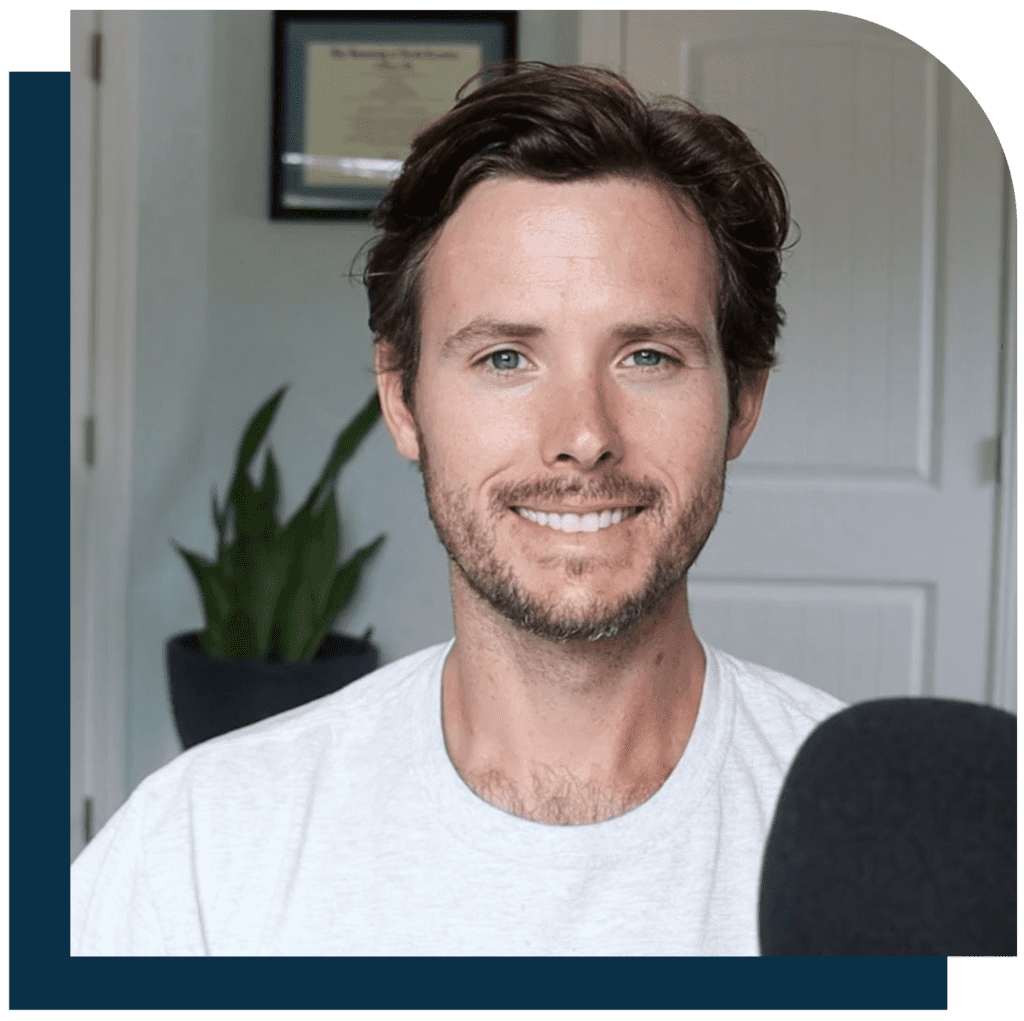For the past week, my wife and I have been in Italy. Thanks to similarities with Spanish and practice beforehand, I know a little bit of Italian.
In my efforts to speak broken Italian, I’m reminded of things I did right and wrong to prepare for this trip.
So in this edition of the newsletter, I’m going to walk you through how to prepare your Spanish for an upcoming trip.
Of course, you don’t have to prepare. You’ll learn things through trial and error while there.
But my recent experience has reminded me how much more confidence it gives you to feel prepared for the situations you know you’ll encounter.
Unfortunately, most people rely too heavily on apps to tell them what to learn, leaving them with lots of miscellaneous knowledge but few practical skills for their trip.
Here are 3 simple steps I used to prepare for my current trip that can help you feel more ready for yours.
Step 1. Pick something to listen to daily
It doesn’t matter how much you can say in Spanish if you can’t understand the reply.
And listening is the foundation that helps your brain build an intuition for grammar and connect new words to their meanings.
I suggest finding one podcast near (not too far above) your level.
Listen to it each day leading up to your trip. If it’s too long, just listen to 5 minutes at a time.
Step 2: Create your own ‘Personal Phrasebook’
Yes, Spanish phrasebooks exist already — and buying them can help. But these books tend to include more than you need.
And the effort of compiling phrases yourself makes them more memorable to you.
Here’s what to do:
- Consider the things you plan to do on your trip. In your mind, walk through a day or two of the trip. Imagine yourself in the country, trying to ask for smaller change or whether the train is cancelled (real examples for me today).
List out 10-20 short phrases you expect to use. - Translate your phrases into Spanish. Linguee.com, DeepL.com, and WordReference.com are good.
Start compiling these into a notebook or Google Doc. - Buy a travel Spanish book, or search “Spanish travel phrases”. In each chapter, pull some phrases you want to be able to use.
Not everything is useful to you. Focus on what you care about.
Also note that asking for directions may be less useful if your smartphone works abroad, while interactions in shops, restaurants, or small talk with strangers you meet may be more worth focusing on.
Step 3: Talk to yourself
Use a combination of Step 1 (podcasts) and Step 2 (travel phrases) as the inspiration for a daily 1 minute monologue.
Say you listen to a podcast that discusses dining out habits in Spain.
After listening, you might ask yourself one short question, like, “¿Prefieres cenar tarde o temprano? ¿Por qué?”.
Quickly scan your Personal Phrasebook for things to use actively in your monologue.
Aim for 1 minute, but go for as long as you like.
When you’re on your trip:
- Most likely, you’re visiting a place that other tourists also visit. This means many of your efforts to speak Spanish will elicit responses in English.
Don’t let this discourage you.
It doesn’t mean your Spanish is bad — it just means they know you’re visiting and English is their default with visitors. Shake it off and speak Spanish with the next person. - Constantly say things to yourself. Look key words up before you want to say them so you can use them right away.
[Hint: if you won’t have service abroad, search “how to use Google Translate offline”] - Check what you’ve said afterwards.
For example, two days ago I asked someone here in Italy something that probably sounded like “Can you make of us a photo?”.
When I got back to our room, I checked what I’d said — which made for a memorable learning experience.
The same thing happened when I tried to make a restaurant reservation. I assumed it would be reservazione, which I said confidently, but it was another word entirely (prenotazione).
A little embarrassment helps things stick.
Most importantly, don’t take speaking Spanish too seriously.
Have fun with your Spanish. Use it as much as you can on your trip, and try to laugh at your mistakes (and then learn from them).
¡Buena suerte!
Connor
P.S. Two things:
- Been learning Spanish but feel unsure about your accent?
Check out the Confident Spanish Pronunciation Workshop: the step-by-step approach to help you build excellent, confidence-boosting Spanish pronunciation in 5 minutes a day. - Know any Spanish learners who might enjoy this weekly newsletter? Feel free to forward it to them. If this email was forwarded to you, you can sign up to receive future editions here.

